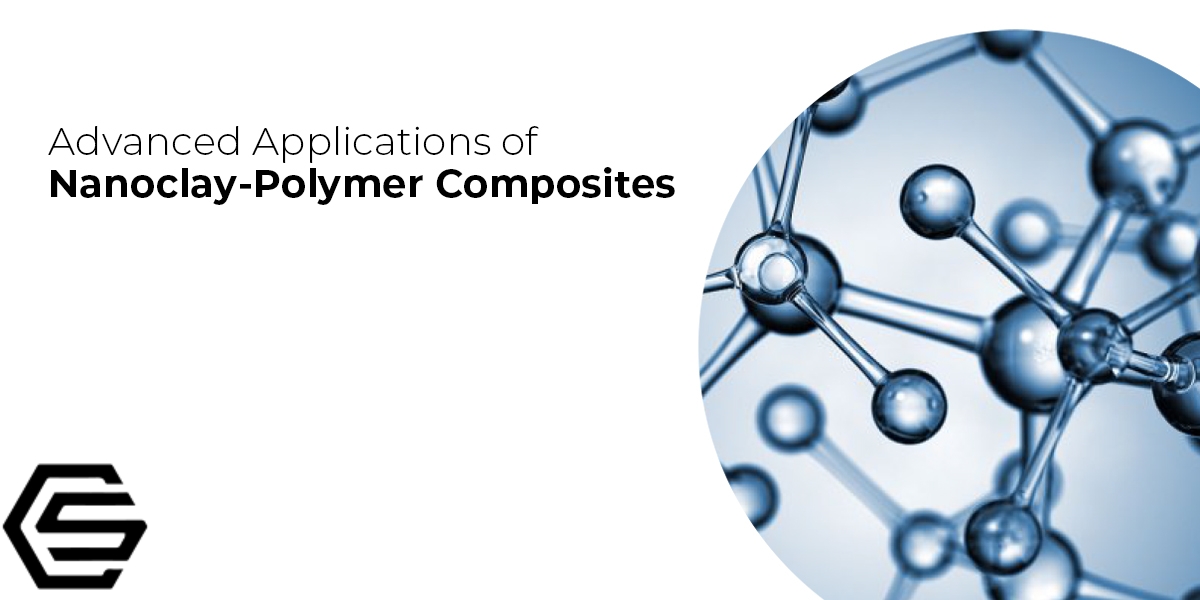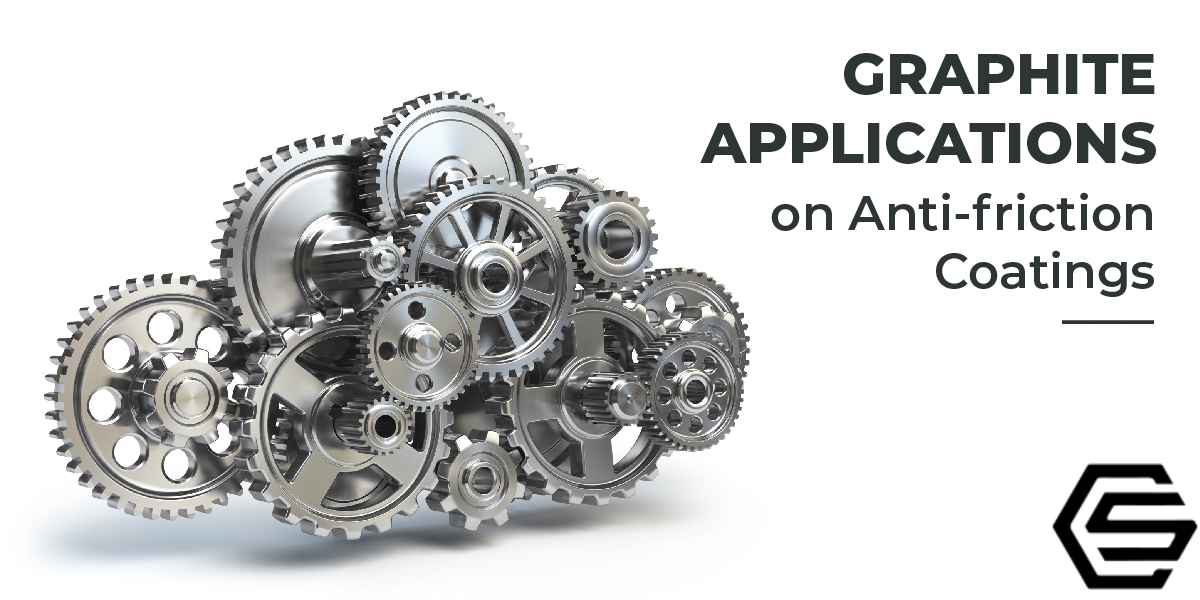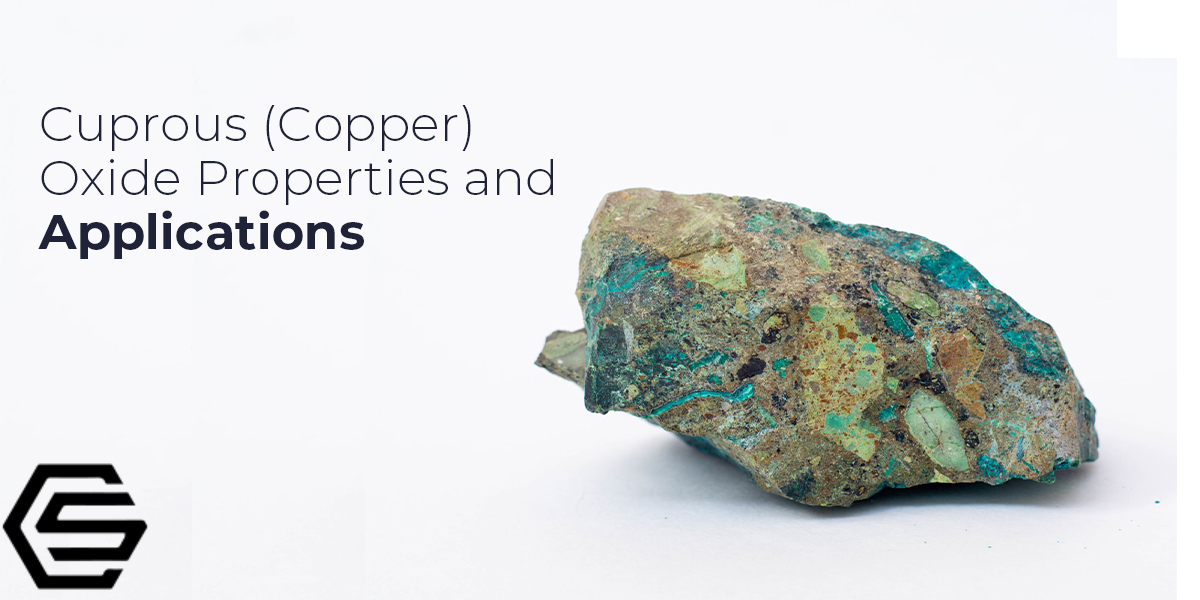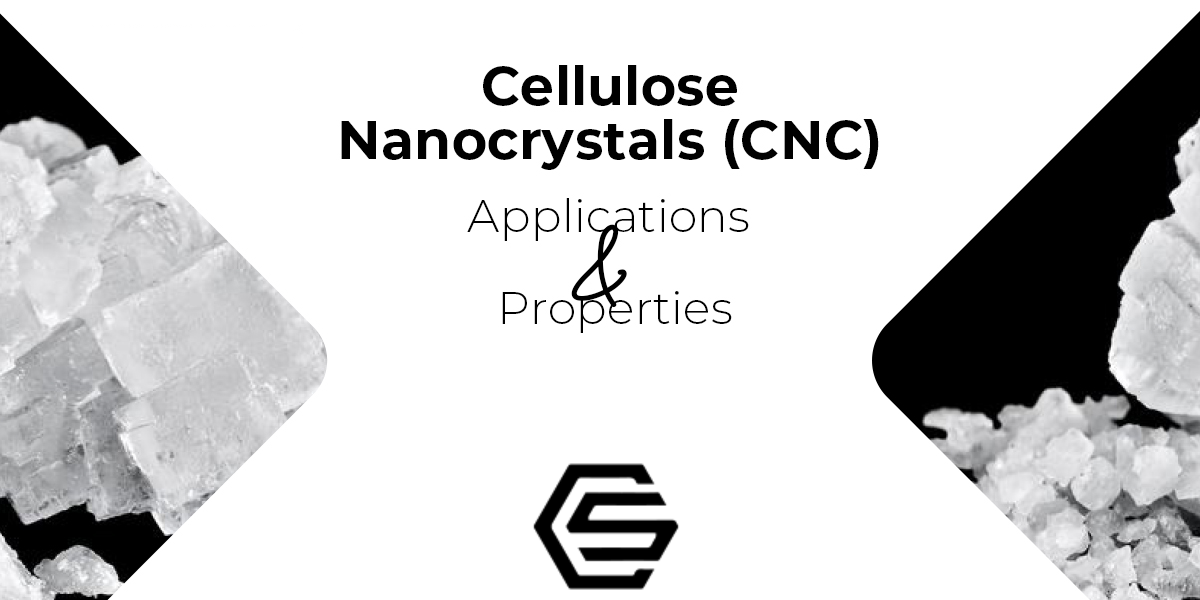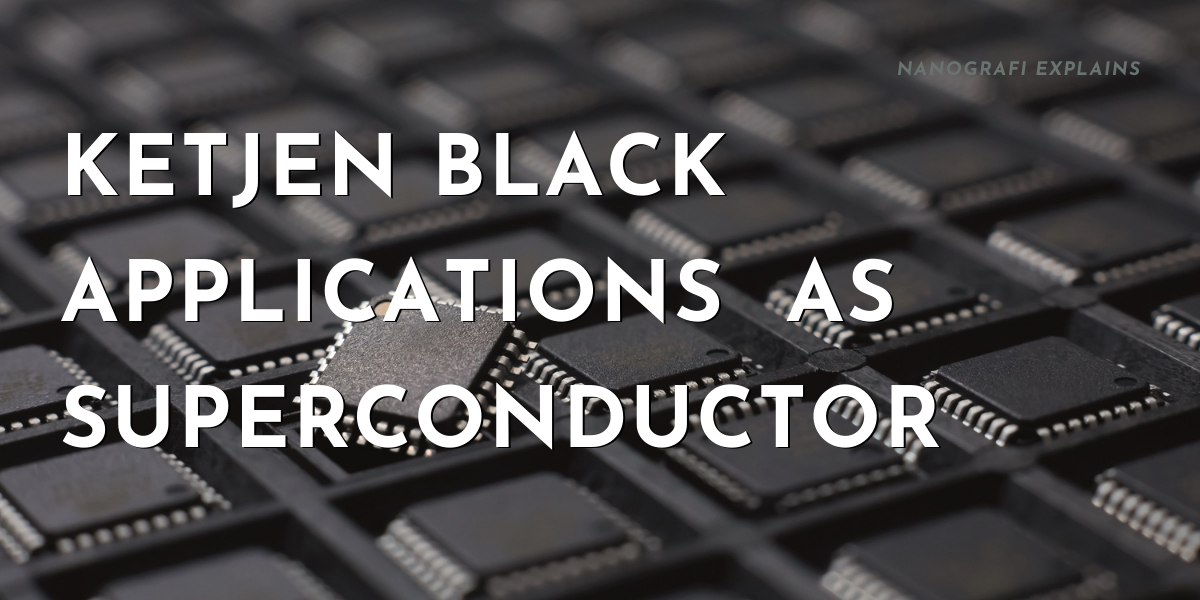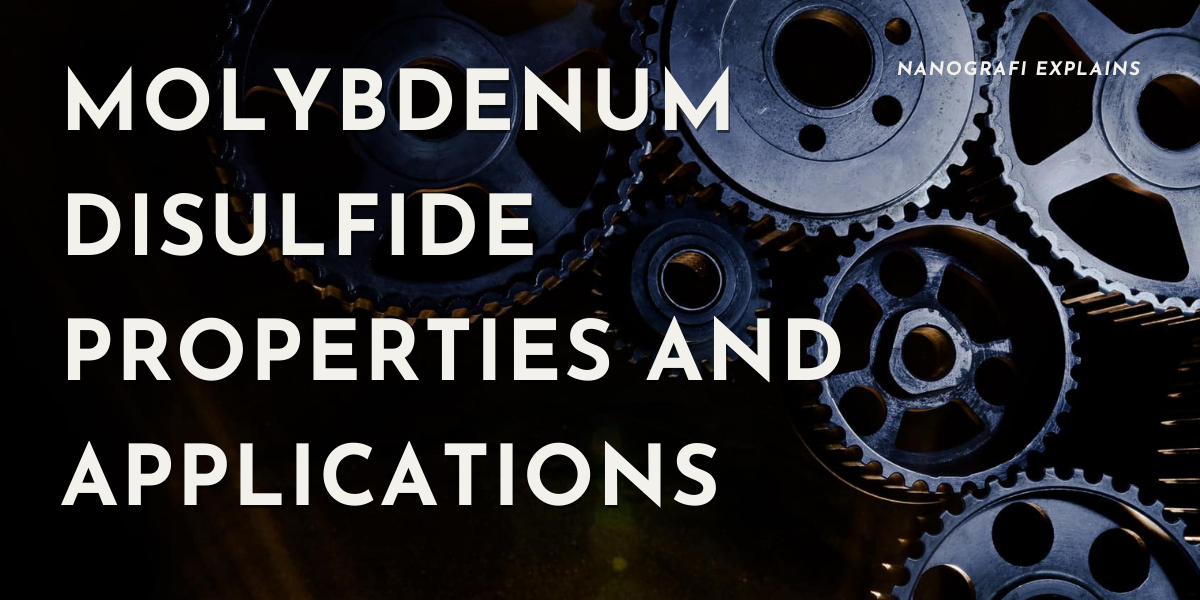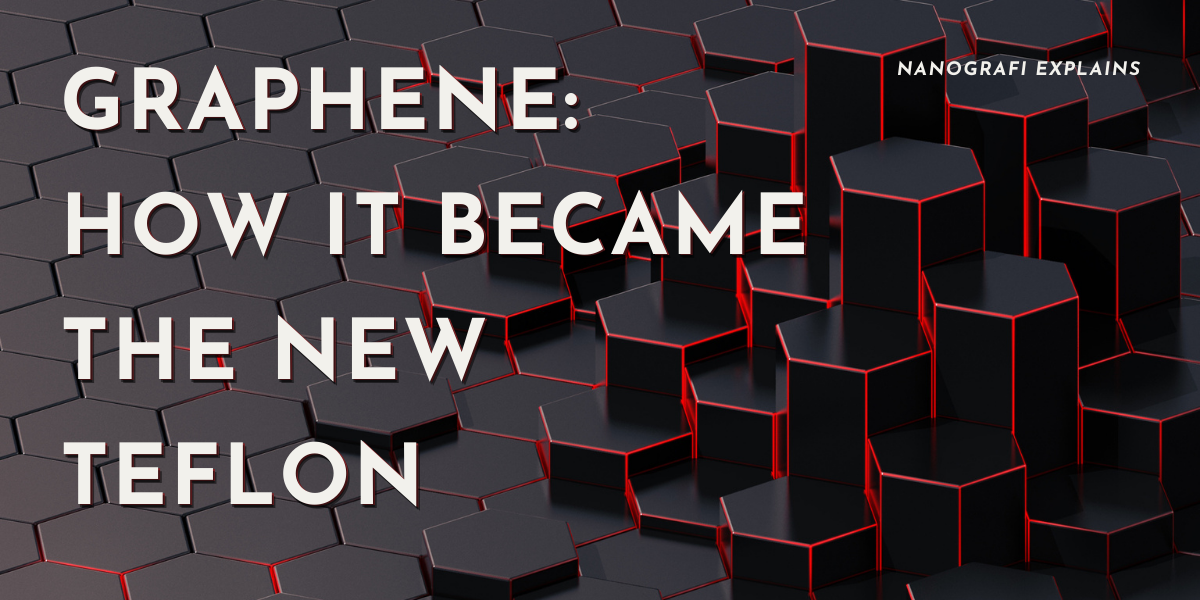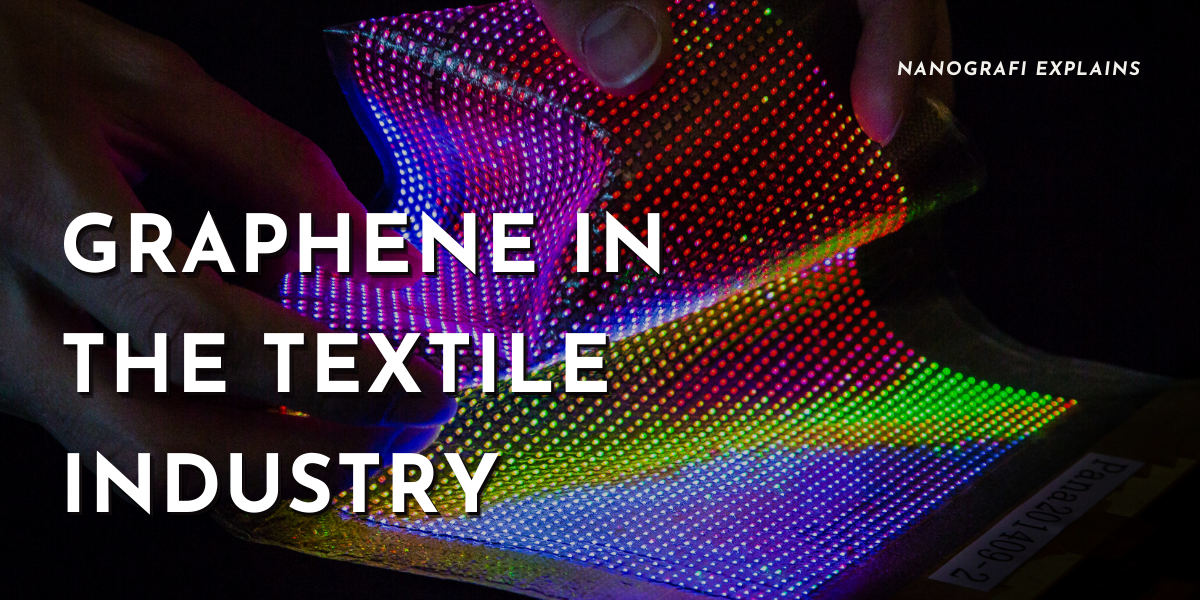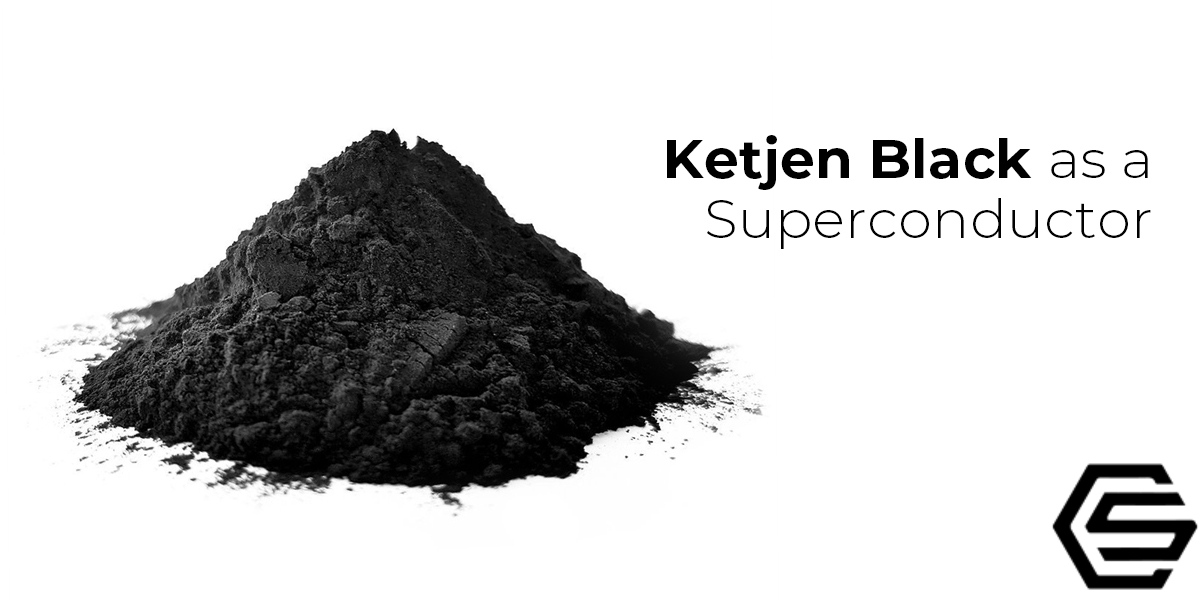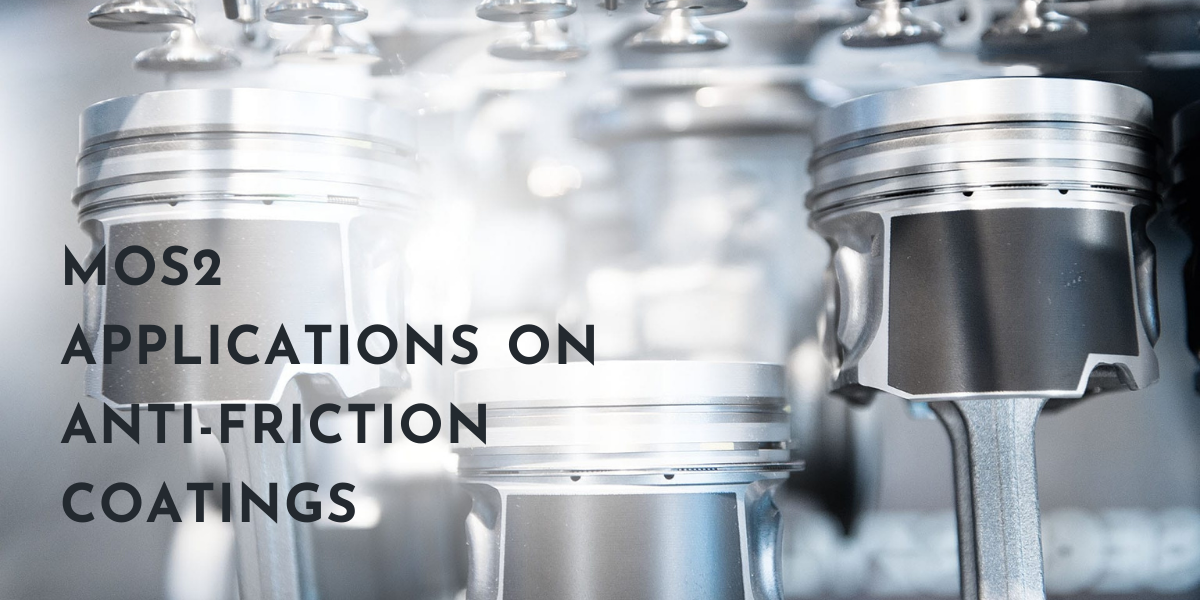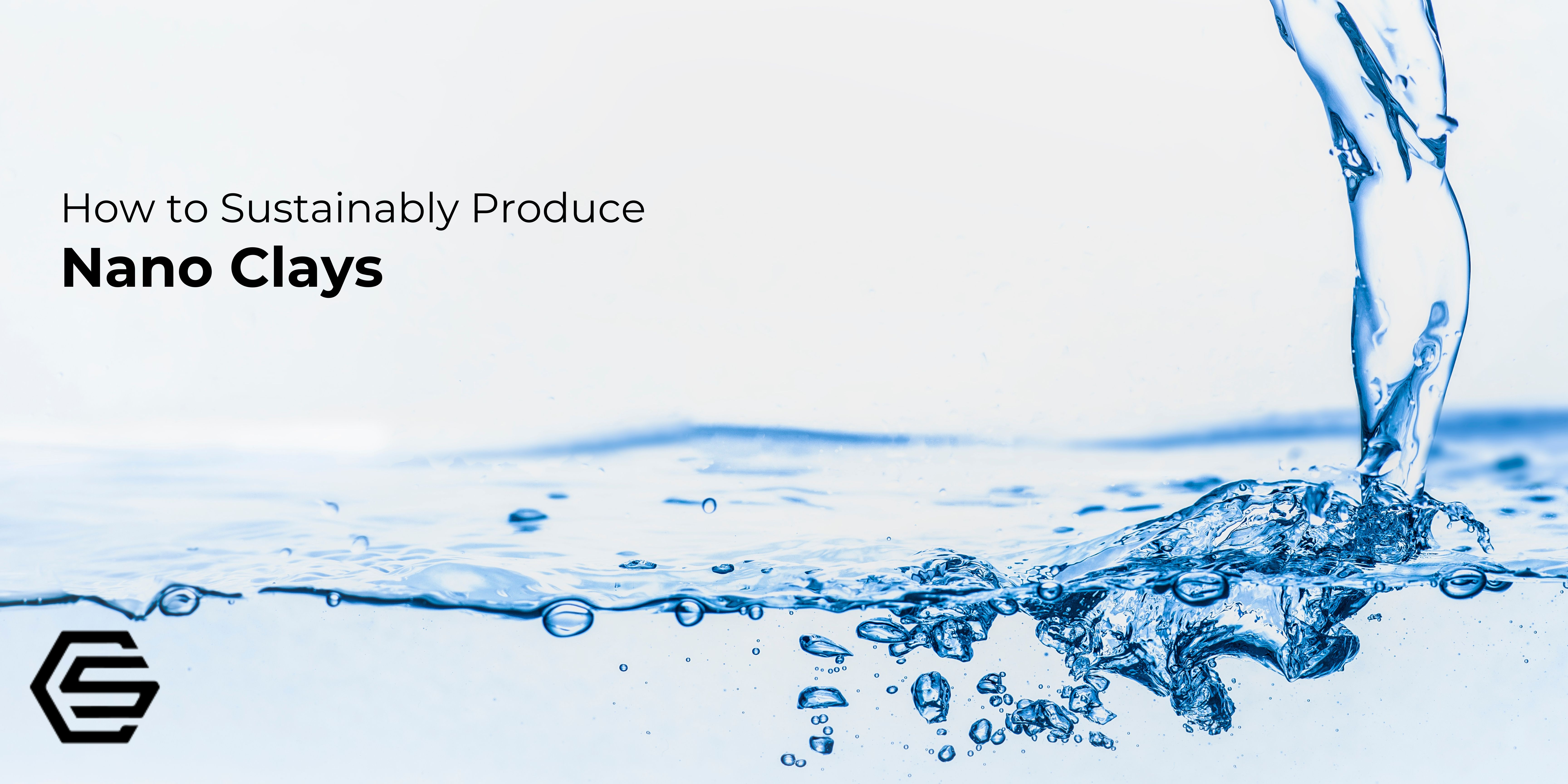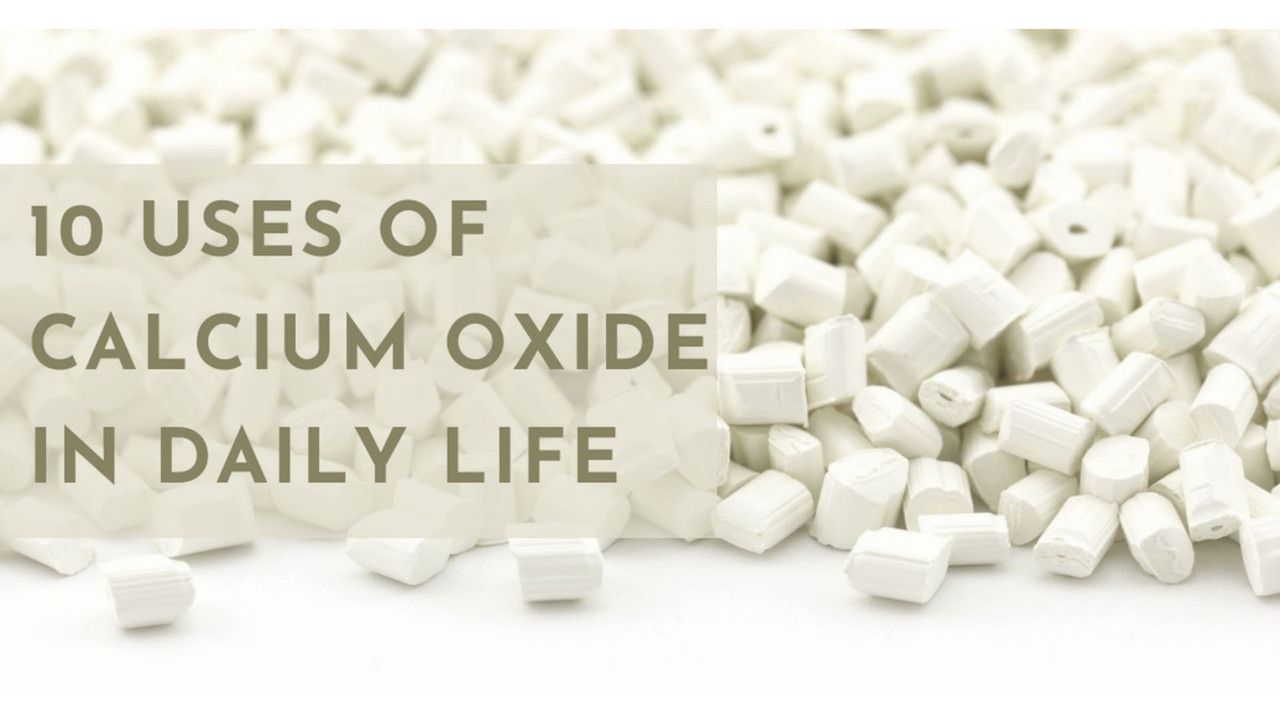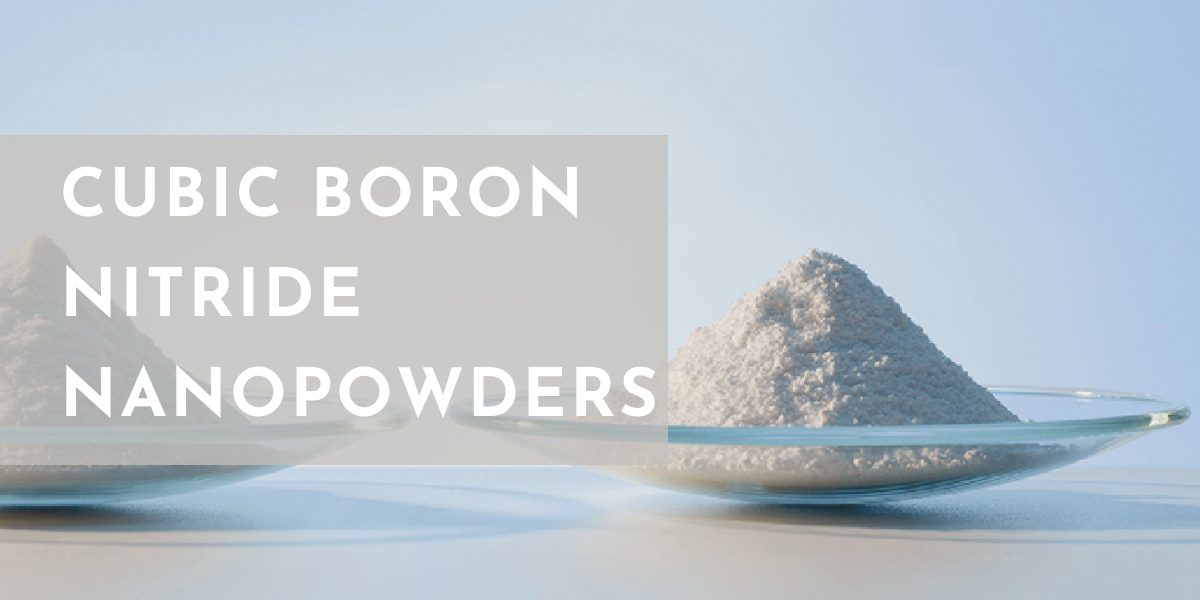Overview on Nanoclay
The properties of nanoclays are affected by the arrangement of these sheets. Different arrangements can provide approximately 30 different nanoclay types. However, three major sheet arrangements attract attention in materials sciences; 1:1, 2:1, and 2:1:1. As the name would suggest, in 1:1 arrangement, each octahedral sheet is connected to one tetrahedral sheet; in 2:1 arrangement, each octahedral sheet is connected to two tetrahedral sheets; and in 2:1:1 arrangement, each octahedral sheet is adjacent to another octahedral sheet and connected to two tetrahedral sheets. Clay groups that show 1:1 arrangement can be listed as rectorite, kaolinite, halloysite, and chrysotile. Clay groups that show 2:1 arrangement can be listed as smectites, vermiculite, pyrophyllite talc, mica, and brittle mica. On the other hand, the chlorite group shows a 2:1:1 arrangement. Even though clay materials from each of the above-mentioned groups can be utilized in several different applications, montmorillonite (which belongs to the smectites group) and halloysite are the most commonly investigated nanoclays in nanotechnology applications. Hence, the properties of these nanoclays are deeply investigated. Clay nanomaterials have recently attracted great attention in composite systems and are combined with several different organic and biological materials. Among these composites, nanoclay / polymer nanocomposites are the most popular composite materials because of their desirable properties that could be beneficial in various applications.
Halloysite
Like it was mentioned before, halloysite shows a 1:1 sheet arrangement. The chemical formula of halloysite nanoclays is reported as Al2Si2O5(OH)4, which corresponds to a composition of 20.90% aluminum, 21.76% silicon, and 1.56% hydrogen. These nanostructures are often formed by hydrothermal processes naturally faced by alumina-silicate minerals. Halloysite shows a multi-walled structure, and each wall is composed of 10-15 aluminosilicate sheets. In nature, halloysite is predominantly found in tubular shape which is often referred to as halloysite nanotubes (HNTs). The diameter of these structures ranges between 50 to 60 nm while the length ranges between 0.5 to 10 µm. HNTs are widely utilized in ceramic products to improve mechanical properties. Nowadays, these materials also attract attention in nanotechnology applications such as contaminant absorption, drug delivery, catalysts, and polymer reinforcement because of their high surface area and attractive mechanical properties.
Montmorillonite
Montmorillonite is a clay material that belongs to the smectite group with its 2:1 sheet arrangement. It is commonly used in studies because of its well-known properties. Montmorillonite attracts attention in industrial applications and product development because of its abundance and non-invasive nature. The chemical formula of montmorillonite is often reported as (Na, Ca)0.33 (Al Mg)2 (Si4O10) (OH)2 nH2O. This nanoclay shows a flat morphology and is composed of stacked clay layers. The width of montmorillonite particles can vary between 200 and 600 nm while their thickness is often limited to a few nanometers. Montmorillonite is naturally charged by various metal ions such as Na+ and Ca+. Furthermore, a negative charge is generated during isomorphic substitution between the layers due to cationic exchange capacity. These properties affect the dispersive nature of montmorillonite greatly and cause hydrophilic behavior for montmorillonite.
Nanoclay - Polymer Composites
Polymers have become one of the most important materials in industrial applications replacing some of the traditional materials such as ceramics and metals. Their adjustable properties and varying chemical nature make them desirable materials in several different industries. Composites of polymeric materials also attract attention because of their enhanced mechanical, electronic, chemical, and optical properties. Nanoclays are suggested as one of the suitable filler or additive materials for polymer composites. As it was mentioned earlier, halloysite and montmorillonite are the most commonly utilized nanoclays in polymer / nanoclay composites. The hollow structure of the halloysite makes it a great carrier material for various chemical molecules. Thus, HNTs act as great fillers in polymers and can be effectively used for the controlled release of active materials such as s flame-retardants, antioxidants, anticorrosion and antimicrobial agents. The surface of the halloysite nanoclay is mostly composed of SiO2 molecules. Hence halloysite is easily dispersible in various polymeric matrices without the need for surface functionalization. Montmorillonite attracts attention as a filler material because of its high surface area (700-800 m2 /g) and large aspect ratio. This material shows good mechanical strength and assumes a rigid structure and inhibits the free movement of polymer chains when dispersed in polymeric materials. Thus, montmorillonite is reported to be a great reinforcing agent for polymer composites.
During the preparation process of nanoclay / polymer composites, homogenous dispersion of the nanoclay in the polymer matrix and the compatibility of the constituent materials are the most important yet challenging factors. These factors majorly affect the properties of polymer / nanoclay composites. The dispersion of nanoclays in the polymer matrix and the chemical compatibility affect the morphology of the composite, which in turn changes the strength, elastic modulus, thermal stability, heat distortion temperature, self-healing, shape memory, and gas barrier abilities. Different dispersion techniques can be utilized to achieve a more homogenous dispersion based on the type of nanoclay material. The most commonly utilized technique is the surface functionalization of the clay material.
Different synthesis methods can lead to different composite structures such as immiscible, intercalated, and exfoliated structures. Immiscible structures constitute aggregated clay particles and separated clay and polymer zones. In an intercalated structure, polymer chains penetrate the clay layers and change their morphologies. Such composite structures show better mechanical and thermal properties. The interfacial interactions between polymer chains and clay layers are the highest in exfoliated structures. Polymer chains separate clay layers effectively. Thus, improved composite properties are observed in exfoliated structures.
To learn more, you can read Review on Nanoclays and the Applications.
Preparation Methods of Nanoclay
Several different synthesis methods have been investigated for nanoclay / polymer composite production. The melt blending method, solution blending method, and in-situ polymerization method are amongst the most popular processes. Each preparation method provides different advantages and disadvantages. For example, the solution blending method can provide better clay dispersion due to low viscosity and high agitation power. However, this method is rather complex. On the other hand, the melt-blending method is much more suitable for industrial production, eco-friendly, and economic. The in-situ polymerization method is preferred because it allows easy control of the composite properties.
The melt blending method involves the blending of intercalated clay nanoparticles and polymer material at temperatures above the transition temperature of the polymer. The mixing process is carried out in an inert environment. Melt blending can be static or dynamic. In static melt blending, which is also known as melt annealing, composite materials are blended under vacuum at temperatures approximately above 50°C of the polymer transition temperature. More importantly, no mixing process is involved in the static melt blending process. On the other hand, dynamic melt blending involves a mixing process in presence of inert gas. It is no surprise that dynamic melt blending results in better nanoclay dispersion. Commonly used melt mixers are batch (internal) and continuous (extruder) mixers. The important process parameters in terms of preserving material integrity and improving nanoclay dispersion are reported as residence time, shear, temperature, and pressure. The melt blending process is often followed by a secondary process which can be compression molding, injection molding, blown film molding, or extrusion. The most important advantage of the melt blending method is its suitability for large-scale manufacturing. The upscaling of this simple process is found to be feasible and various reactor designs have been investigated. The fact that no solvent is involved in the process makes large-scale manufacturing simpler and more feasible. Furthermore, the melt blending method is considered eco-friendly because of the absence of solvent materials. This method can be used with various polymer and nanoclay materials. On the other hand, the melt blending method results in poor nanoclay dispersion in comparison to other synthesis methods.
The solution blending method is a solvent-based process that involves the use of a solvent that is suitable for both the polymer and nanoclay. This solvent is often water, chloroform, or toluene. This process is mostly carried out in three steps: dispersion of clay, solvent removal, and casting. Clay layers swell in the solvent allowing a suitable environment for intercalation. For nanoclay dispersion, the mixing process is usually carried out by using stirring, reflux, and shear mixing operations. However, sonication has recently attracted attention as an effective mixing operation. Polymer chains displace the solvent material in the interlayers of nanoclay intercalating the clay structure. Then, the solvent material is removed by vaporization or precipitation and intercalated sheets reassemble forming the composite material. Nanoclay contents, sonication type (bath or tip), solvent type, and sonication time are the most important parameters affecting the nanoclay dispersion in the polymer solution. Ultrasonication is applicable for processing both thermoplastic and thermoset polymers. Two major drawbacks are reported for the solution blending method. First, the significant amount of solvent used in this process makes upscaling for industrial manufacturing unfeasible and causes concerns in terms of environmental safety. Second, this method can only be used for specific solvent, polymer, and nanoclay combinations. Hence, the solution blending method is mostly limited to small-batch experiments.
The final widely used method for nanoclay / polymer composite synthesis is the in-situ polymerization method. The in-situ polymerization method attracts attention because it allows the manipulation of composite properties. Unlike the melt blending method, in-situ polymerization is suggested to provide good nanoclay dispersion. In-situ polymerization provides the opportunity for different molecular designs for both polymer matrix and nanoclay interlayers. This gives the opportunity to synthesize nanoclay / polymer composites with varying properties. Such manipulation can be controlled by changing the matrix composition and structure. In the traditional in-situ polymerization method, clay layers are swollen in monomer liquid so that monomers can penetrate the nanoclay structure. Once monomers are intercalated into the nanoclay structure, the polymerization process is carried out by the heat, electromagnetic radiation, or chemical activation. In addition to traditional in-situ polymerization, several different routes have been explored for in-situ polymerization. These alternative routes are radical polymerization, photo-polymerization, click coupling chemistry, ring-opening polymerization, and emulsion polymerization. Among these methods, radical polymerization has attracted great attention because it minimizes the side reactions and results in uniform molecular weight polymers. Advanced versions of radical polymerization have also been developed for better property control and the development of advanced nanoclay / polymer composites. These advanced methods can be listed as surface-initiated controlled/living radical polymerization and controlled radical-mediated photopolymerization. In-situ polymerization is considered to be the most suitable synthesis method for polyolefin / nanoclay composites because of the freedom in selecting broad processing temperatures and solvent options. The main advantages of in-situ polymerization are the ability to produce composites based on thermoset plastics and thermoplastics, enhanced polymer-nanoclay interactions leading to better composite properties, improved nanoclay dispersion, and less stringent thermal process requirements. However, upscaling of this method for large-scale manufacturing is still under development.
Advanced Applications of Nanoclay
As the synthesis methods improved and enabled the development of advanced nanoclay / polymer composites, these materials have become an important agent in various applications. Nanoclay / polymer composites show attractive properties such as low density, high damping, high specific strength and stiffness, high fatigue endurance, and enhanced thermal behavior. Hence, they are suitable for utilization in harsh environments. The early developments for nanoclay / polymer composites were achieved with the initiatives in the automobile industry. Toyota pioneered the studies by using nanoclay / nylon 6 composites for timing belt cover. Other industry giants have followed the trend. The potential applications of nanoclay / polymer composites include headlamp covers, coatings, tires, power trains, windows, and bumpers. The attractive properties of nanoclay / polymer composites are also utilized in the aerospace industry for flame retardant panels and high-performance components. Reinforcing properties of nanoclay / polymer composites attract attention in the construction industry, especially for structural panels. Other important applications of nanoclay / polymer composites are wastewater treatment, food packaging, and the pharmaceutical industry.
The pharmaceutical industry utilizes the unique properties of polymer / nanoclay composites, including their swelling and rheological properties, high retention capacities, large surface area to volume ratio, and affinity for interaction with biopolymers. They are found to be useful, especially in tissue engineering, drug delivery, gene therapy, and food preservation. High retention capacity can be of asset to targeted drug delivery and gene therapy applications. The porous structure of these composites and nanoclay / hydrogel composites are reported to show great potential in tissue engineering. Several different nanoclay and polymer combinations have been investigated and characterized for pharmaceutical purposes.
Wastewater treatment is extremely important for sustainability which is a hot topic of the 21. century. The limited water resources are constantly contaminated with heavy metals, aromatic molecules, and dyes causing health concerns. Consequently, the development of effective wastewater treatment methods becomes more and more important each day. In the search for better wastewater treatment methods, nanoclay / polymer composites have attracted a lot of attention. Due to their cation exchange capacity, low cost, non-toxicity, easy processability, and high surface area, nanoclay / polymer composites are considered suitable materials for advanced water treatment technologies. These composite materials can show high absorption capacity and long cycle life. The absorption performance of nanoclay / polymer composites can be adjusted during the production process by manipulating the matrix properties and interlayer spacing. For water treatment purposes, various nanoclay / polymer composites have been developed over the years. However, the potential release of nanomaterials remains a challenge that should be addressed for the practical use of nanoclay / polymer composites in wastewater treatment.
As the role of packaging in the food industry has gained importance, developments in food packaging materials have accelerated. Packaging technologies are utilized to extend the product's shelf life. Nanoclay / polymer composites are utilized for durable packaging materials utilizing their improved mechanical, thermal, and optical properties. They also act as a barrier against oxygen, carbon dioxide, water vapors, and volatile compounds (flavors and taints) extending the shelf life of the product and preserving the flavors. Nanoclay / polymer composites can also allow the permeation of selected gasses which results in better shelf life and food preservation. Amongst the different nanoclay types, montmorillonite and organo-montmorillonite have especially attracted attention in food packaging applications because of their high surface area with fairly large aspect ratio, and good compatibility with most organic thermoplastics.


